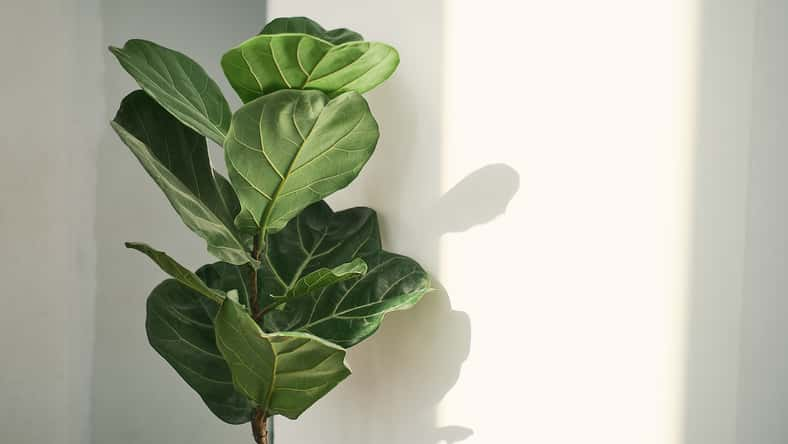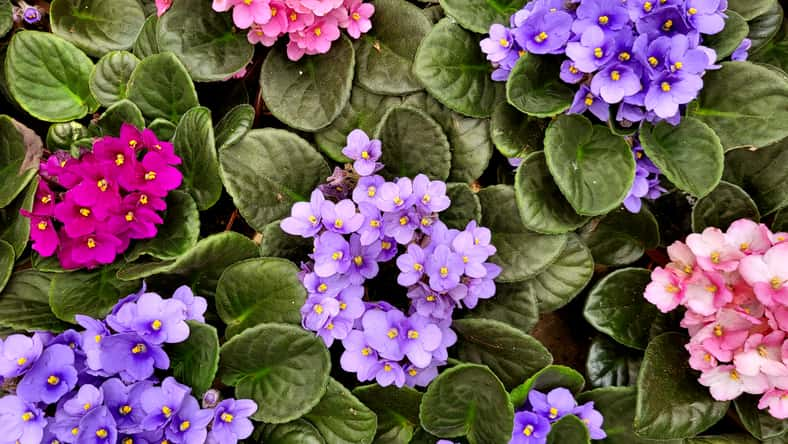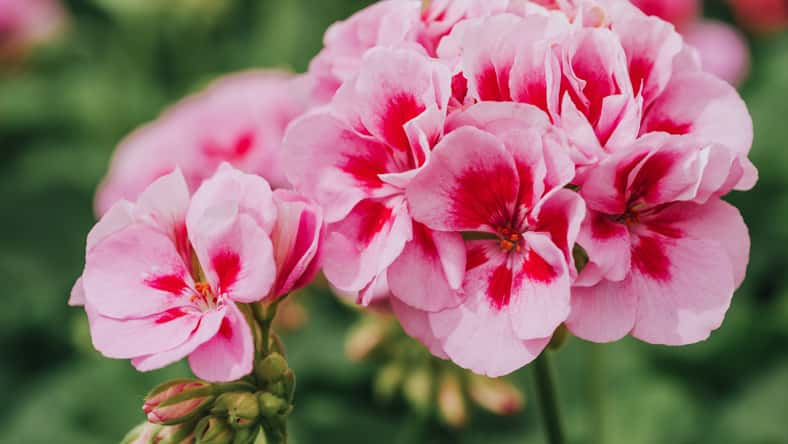
Dandelions have a reputation for being pesky weeds that never fail to pop up in gardens and lawns during the springtime, so it might be odd to think that you can use them in meals. Everything from the roots, leaves, and flowers is safe to eat.
The plant is also highly nutritious, brimming with antioxidants, vitamins, and minerals like magnesium, iron, calcium, and vitamins A, C, and K. So, move over spinach and kale! You’re no longer the only type of greens we’re obsessed with.
All parts of the dandelion plant are edible, and fresh ones can be found at your local farmer’s market. But why pay for greens at the market when it’s possible to gather them for free yourself?
You can harvest them in your own backyard. However, make sure you’re picking plants in areas where you know there haven’t been any pesticide use.
If you plan to pick wild dandelions, always stay vigilant of your surroundings because there are many lookalikes out there that aren’t safe to consume. Avoid foraging for dandelions in places near train tracks and telephone poles. You never know what kind of contaminants may be present in those locations.
The flavor of this bright yellow weed varies depending on when it is harvested. Once it starts flowering, the greens can develop a more bitter taste. Usually, dandelion roots are harvested in late fall and winter, while dandelion leaves should be gathered in early spring. The flowers are collected in the summertime.
If you dig up dandelion roots during the summer, you might find that they are rather hard and bitter. That’s because it’s not in season, so the plant isn’t producing inulin, which is a prebiotic fiber that makes the roots sweet-tasting.
Dandelion leaves have an earthy and bitter flavor. This is due to its latex, a milky sap that allows the plant to protect itself from predators. However, younger leaves taste milder since they don’t contain as many bitter compounds.
The bitterness of the leaves is similar to kale and arugula. On the other hand, dandelion roots are more reminiscent of a carrot, taking on a sweet, honey-like flavor.

Dandelions can be used in many recipes. Sauté the leaves or mix them into soups. You can use them raw in salads or grind them up to make pesto for pasta dishes. Plus, they’re great in tortas and quiches!
The faint sweetness of dandelion flowers makes them suitable for use in dandelion wine, jams, jellies, or syrup. You might also batter-fry the blossoms into fritters. Sweeten them even further with cinnamon or honey.
Dandelion roots can be eaten raw like a carrot, but the best way to enjoy them is by roasting them. Steep them in boiling water for ten minutes to make dandelion tea. When they’re roasted, they give off an almost coffee-like flavor.
Before cooking or eating dandelions, wash them thoroughly since they can be very gritty or sandy. Also, you should only harvest as many dandelions as you need at once since they won’t keep in the refrigerator.
If true crime defines your free time, this is for you: join Chip Chick’s True Crime Tribe
Her Cousin Embarrassed Her In Front Of Everyone In A Restaurant For Having A Big Nose
In 1965, This Toddler Mysteriously Disappeared From Her Home While Playing In The Front Yard
Sign up for Chip Chick’s newsletter and get stories like this delivered to your inbox.












